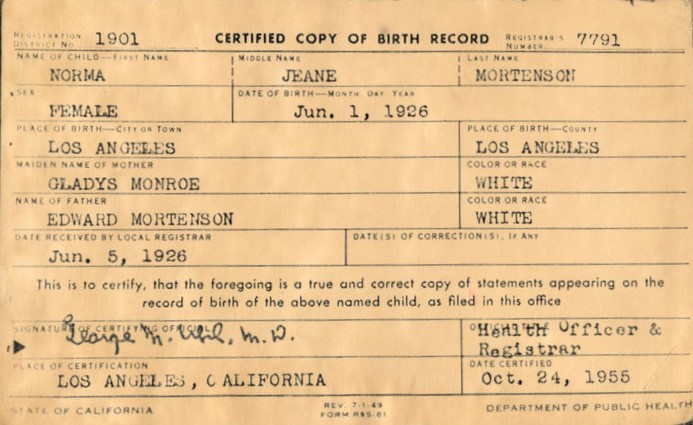
“Erin go Bragh” means Ireland forever! The holiday season is a good time to think of the traditions of each country of our migrant ancestors. When we think of Irish forebears, we may often envision Midnight Mass or the tradition of leaving two candles on the sill on Christmas Eve –to symbolize the welcoming of Mary and Joseph, Christ’s family. There’s also the traditional Irish Christmas dinner that may include turkey and spiced beef and a special Christmas pudding. Some Irish families still celebrate Epiphany on January 6 as the end to Christmas holidays, though this is less common now than in days past.The bounty, feasts, and celebratory activities present at Christmas often contrast starkly with the conditions our ancestors faced when they left Ireland before and during the Irish Potato Famine era (1845-1849) or were shipped out for alleged criminality or failure to pay taxes.Before we describe North American migration patterns and resources for Irish immigrants, keep in mind that If you’re trying to discover how to research your ancestors’ origins by particular religions – Catholic, Methodist, Anglican, within Ireland, please see Genealogists.com's Jayne McGarvey’s excellent blog pieces under “Irish Genealogy Research.” She also explains what updated civil records are available and provides online resources.
Tracing the Irish in the United States
We think of Irish immigrants as concentrating in New York City and state and Massachusetts. That means that immigration travel may often be discerned by using the United States Famine Irish Passenger Index, 1846-1851 There are many misspellings, so If your ancestors’ name was “Bruton,” it may show up as “Benton” or “Brunton” or some variation. Keep searching. The Irish who came into Boston and remained there or fanned out are often shown on Boston passenger lists.In addition to New York City and Boston, Rochester, New York, “The Flour City,” drew clusters of Irish immigrants earlier. The building of the Erie Canal attracted many to Monroe County who could do backbreaking manual labor. The area still has more than 100,000 Irish descendants in 2016, but the Irish had a significant presence in Rochester by the 1830s. This means that if your ancestor married or had children baptized in this early era in New York, church archives are the best sources for such marriages. Find sources here. Records from the Roman Catholic Diocese of Rochester may be sought from here. Keep in mind that your ancestors may well have lived in small towns surrounding Rochester, such as LeRoy or a host of others. You may need to try more than one diocese.The Irish were America’s first wave of refugees who arrived in big numbers – nearly a million came during the Great Famine years. Assimilating them into cities such as Protestant Boston meant that many faced severe religious discrimination and often languished in low-wage servant jobs. New York City’s larger size permitted a somewhat more tranquil assimilation for the 650,000 mostly Catholics who arrived there. The city housed more Irish immigrants than even Dublin itself! Over time, Boston would be transformed into a majority Irish city and New York City also became more welcoming. Irish immigrants heavily influenced both cities’ politics. When Boston’s John Fitzgerald Kennedy became America’s first Catholic president in 1960, Irish families felt that it symbolized their ultimate acceptance to American culture.If your adult male Irish immigrants arrived by the 1850s or early 1860s, they very likely served in the American Civil War, sometimes on opposite sides of it. Check Civil War records here.Grand Rapids (Kent County), Michigan also attracted Irish immigrants, many of whom chain migrated from the Rochester, New York area in the late 1850s. Inexpensive farm land was available. Here, too, the Catholic Church archives often house the only early records pertaining to births, marriages and deaths of Irish ancestors. Kent County also has an active GenWeb page featuring resources.
Migration patterns in Canada
Many who initially moved to New York moved to Canada, and there are border crossing indices at Familysearch.org and Ancestry.com for later years, starting in 1895 on both ends of the country, near New York, and from British Columbia. During the 1823-1875 era, lots of Catholic and Protestant Irish took part in chain migrations from County Kerry and County Limerick to the area near Renfrew County, Ontario. Catholics settled near Mount St. Patrick, partly owing to the influence of a priest in the area. Irish Protestants moved to the eastern parts of the county, more commonly. The book The Kerry Chain- The Limerick Link by Carol McCuaig, 2003, examines the migrations patterns and particulars of interest to family researchers and historians. When looking for Irish marriages here, “the boy next door” idea definitely resonated, as it did with much of Ireland and the United States in this era. People tended to marry others who were literally within walking distance. That sometimes makes it a bit easier to research local family lineages. Canada still lists Irish descent as fourth largest in the country. The Library and Archives Canada has a web page related to overall Irish immigration. Just over the border from Canada, in Washington State, Irish went back and forth for railroad building, mining, and other work. If your Irish were among them, this item may interest you.
Slavery, and Irish Traditions
A rarely told and sad part of Irish history concerns slavery and indenture among British and Irish immigrants. More than 300,000 were sold to America as slaves, and they are ancestors to today’s citizens. One book that recounts the tale is “White Cargo: The Forgotten History of Britain’s White Slaves in America.”Meanwhile, the respected Tenement Museum in New York City reminds us of rich implanted Irish traditions like St. Patrick’s Day celebrations in America, a country that includes more than 36 million descendants today from Emerald Isle immigrations. Click here to receive help from an expert with your Irish genealogy research.




